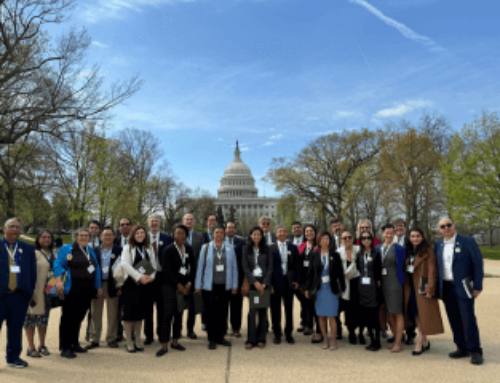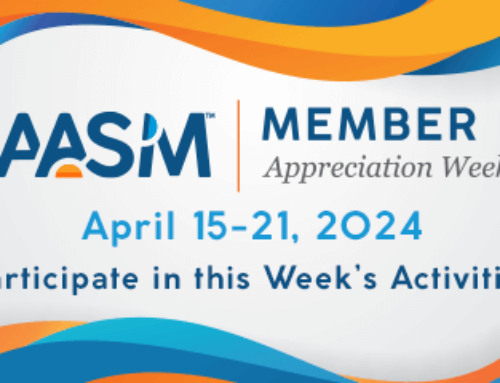DARIEN, IL – The American Academy of Sleep Medicine continues to oppose the Sunshine Protection Act, which Sen. Marco Rubio of Florida has reintroduced in the Senate. Rep. Vern Buchanan of Florida also has introduced a companion bill in the House of Representatives.
The legislation proposes to establish permanent daylight saving time in the U.S. The AASM supports the elimination of the biannual time changes in March and November but is advocating for Congress to introduce legislation restoring permanent standard time.
“It is time to stop changing our clocks in the spring and fall, but making daylight saving time permanent is the wrong choice,” said AASM President Jennifer Martin. “The science is clear: Restoring permanent, year-round standard time is the best option for our health and well-being.”
As described in an AASM daylight saving time position statement published in 2020, standard time aligns best with human circadian biology and provides distinct benefits for public health and safety. Standard time is closely aligned with the position of the sun, which is important for the body because sunlight is the most powerful external cue for the human circadian rhythm. This internal “body clock” regulates the timing of alertness, sleepiness, and other biological functions.
By artificially shifting the clock time an hour forward, daylight saving time causes a misalignment between clock time and solar time, interfering with our circadian timing. This disruption results in a condition known as “social jet lag,” which is associated with an increased risk of obesity, metabolic syndrome, cardiovascular disease, and depression. If daylight saving time becomes permanent, then Americans will be living with social jet lag year-round.
Rather than “saving” light, daylight saving time shifts the clock time of daylight hours later in the day, causing it to remain dark later in the morning. During the winter months, permanent daylight saving time would delay sunrise until after 8 a.m. in much of the country, and after 9 a.m. in some states that are farther north, which would be especially problematic for people who experience seasonal affective disorder. Morning sunlight is essential for mood regulation, especially during the shorter days of winter.
“Bright morning light, especially following a good night of sleep, has a therapeutic effect and is important for maintaining a healthy mood,” said Martin, a licensed clinical psychologist.
The long, dark mornings caused by permanent daylight saving time also would make it difficult to wake up for school and work in the winter, and the safety of children would be jeopardized while waiting at the bus stop and walking to school in the dark. These concerns caused public support for permanent daylight saving time to plummet after Congress enacted the Emergency Daylight Saving Time Energy Conservation Act of 1973. After just one winter of permanent daylight saving time, the trial was aborted, and Congress reversed course by amending the legislation to reinstate standard time during the winter months beginning in November 1974.
Get more information about daylight saving time on the AASM’s Sleep Education website.
###
For more information, or to arrange an interview with an AASM spokesperson, please contact the AASM at 630-737-9700 or media@aasm.org.
About the American Academy of Sleep Medicine
Established in 1975, the AASM advances sleep care and enhances sleep health to improve lives. The AASM has a combined membership of 12,000 accredited sleep centers and individuals, including physicians, scientists and other health care professionals who care for patients with sleep disorders. As the leader in the sleep field, the AASM sets standards and promotes excellence in sleep medicine health care, education and research.









